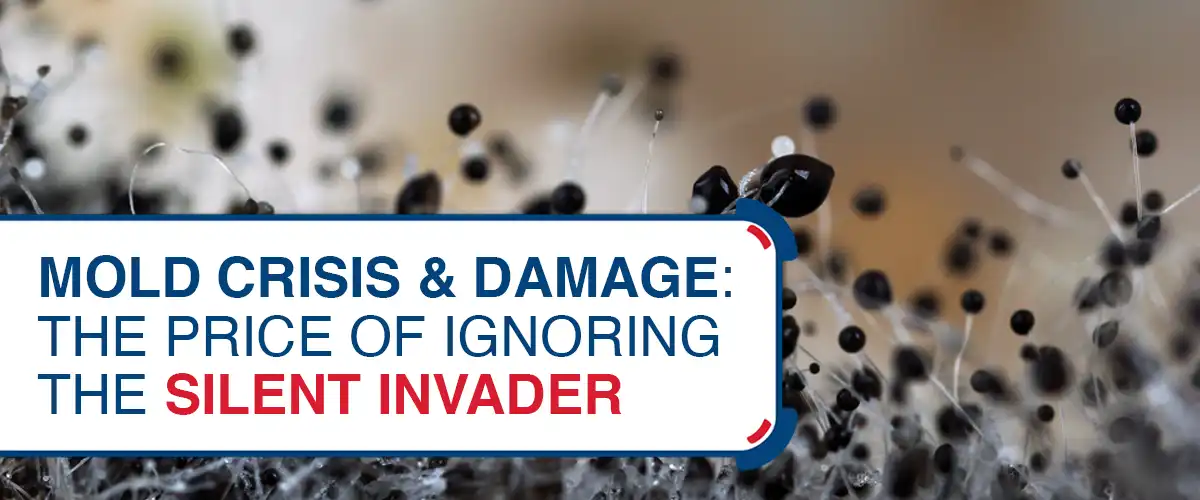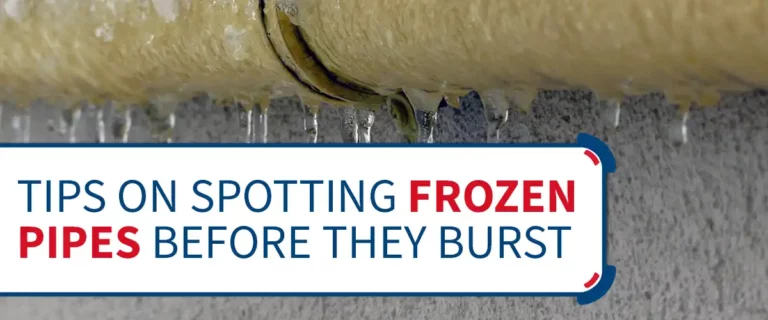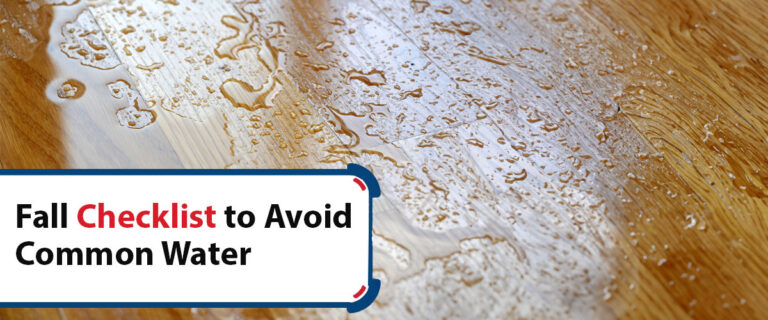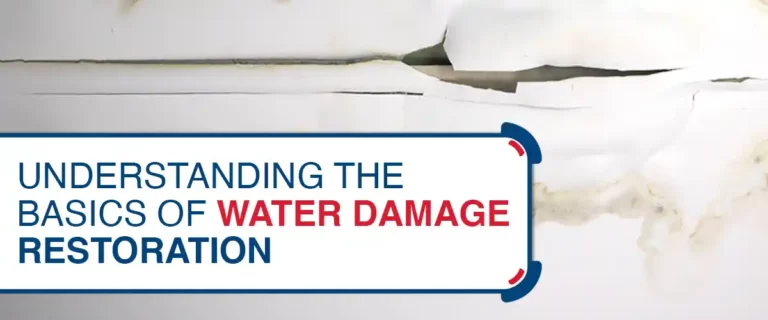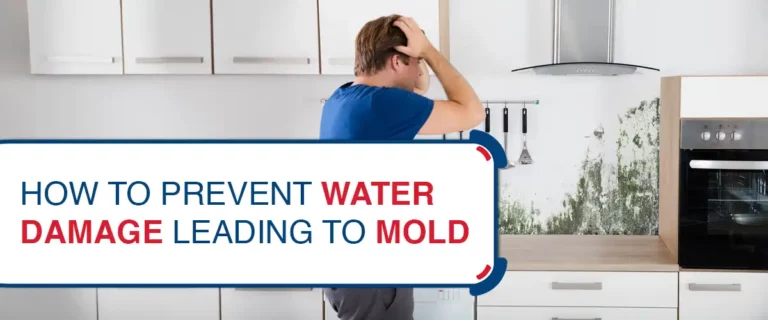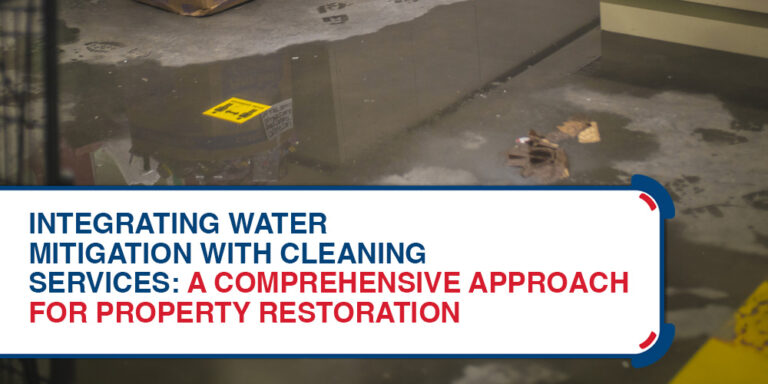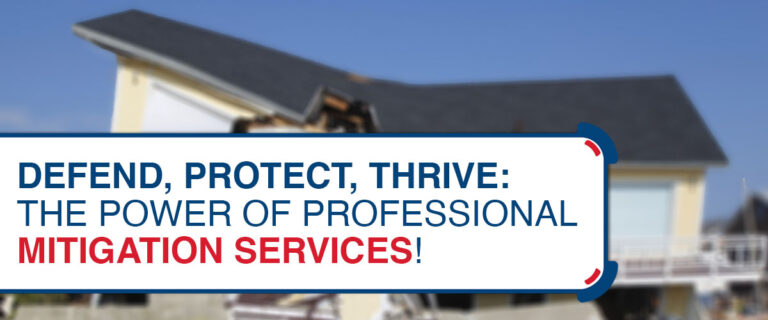Mold infestation has emerged as a growing problem in households. Mold crises and damage in Kansas pose potential repercussions when homeowners neglect this household catastrophe.
The presence of mold often goes unnoticed, but its effects can be far-reaching, impacting residents’ health and properties’ structural integrity. Ignoring mold infestations can lead to significant consequences, both in terms of health risks and financial damages.
Meanwhile, this article delves into mold’s silent yet destructive nature, shedding light on its potential consequences when ignored.

Understanding the Risks
Mold exposure poses significant health risks, causing respiratory issues, allergies, and compromised immune systems in individuals. The risks:
- Breathing in mold spores can lead to respiratory problems and allergies.
- Mold exposure can result in severe health conditions such as asthma and hypersensitivity pneumonitis, a severe lung disease.
- Individuals with compromised immune systems, including the elderly, young children, and those with pre-existing health conditions, face even higher risks from mold exposure.
A. The Link Between Mold and Health Conditions
Research has established a clear link between mold and various health conditions, making it imperative to address mold infestations promptly. Asthma, for instance, can be exacerbated or triggered by exposure to mold, worsening symptoms and decreasing the quality of life for affected individuals. Hypersensitivity pneumonitis, conversely, is a condition marked by lung inflammation, which can result from mold exposure. These examples emphasize the severity of the health risks associated with mold and underscore the importance of taking action.
B. The Importance of Timely Intervention
Recognizing the health hazards of mold exposure underscores the importance of promptly addressing identified mold infestations. Prompt action, including professional remediation, can mitigate health risks and prevent them from escalating.

Identifying Common Signs of Mold
Recognizing mold in your home can be crucial for your health and property’s well-being. Below are the examples of common signs:
A. Visible Indicators of Mold
Mold often leaves telltale signs in its wake. Common indicators include discoloration on walls or ceilings, water stains, and a musty odor. Please do not ignore these visual and olfactory cues, as they indicate mold’s presence in the environment.
B. Hidden Sources of Mold
In some cases, mold may lurk out of sight, behind walls, under carpets, or within the unseen corners of a property. Homeowners should be aware of these hidden sources of mold and consider professional inspections when necessary. A lack of visibility does not diminish the potential harm mold can cause.
C. Encouraging Regular Checks
Prevention starts with vigilance. Homeowners are encouraged to conduct regular checks for potential mold growth, not only for their peace of mind but also to ensure the safety and well-being of their household. Early detection is critical to preventing mold crisis and damage in Shawnee, KS, and elsewhere.
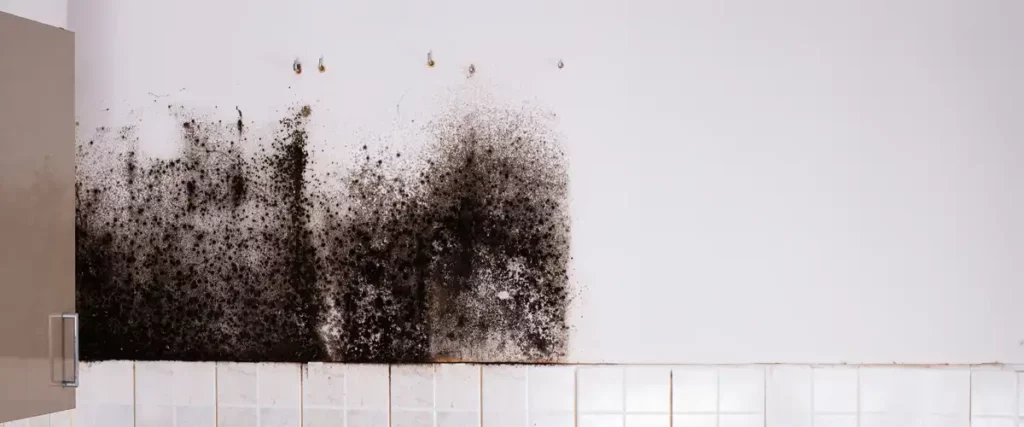
Recognizing the Damage
Knowing the damage molds can cause, you can take precautious steps to protect your property and finances, ensuring a safer and more secure living environment.
A. Property Damage Caused by Mold
Mold can inflict significant damage on a property. This includes structural issues, drywall damage, and furniture and personal belongings deterioration. As mold infiltrates a building, it can compromise the structural integrity, potentially rendering the property unsafe for habitation.
B. Financial Implications
The financial implications of mold-related repairs and renovations can be substantial. The cost of restoring a property damaged by mold can quickly escalate, especially if the infestation has been left unaddressed for an extended period. Mold crises and damage are a stark reminder that homeowners may face a potential financial burden when they ignore mold.
C. The Importance of Early Intervention
Early intervention is crucial to prevent worsening damage and costly restoration. Recognizing the damage mold can cause underscores the urgency of addressing the issue as soon as it is identified rather than waiting for the problem to spiral out of control.
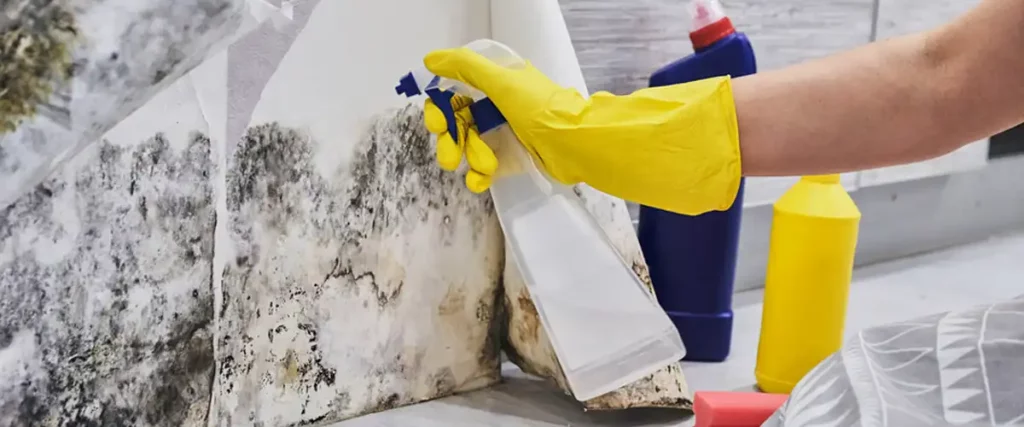
Prevention and Remediation
Preventing mold infestations begins with understanding how mold thrives. Controlling moisture levels, practicing proper ventilation, and maintaining a clean and dry environment are vital preventive measures. Educating oneself and following these guidelines can go a long way in preventing mold growth.
An often overlooked aspect of mold prevention is addressing the root cause of mold growth. Whether it’s a leaky roof, faulty plumbing, or poor ventilation, eliminating the conditions that foster mold is paramount to preventing future infestations.
A. Steps for Effective Mold Remediation
When mold is present, following a systematic approach to remediation is essential. This includes
- professional assessment to identify the extent of the infestation
- containment to prevent further spread of spores
- safe removal
DIY methods are not recommended due to the health risks involved and the potential for incomplete removal.
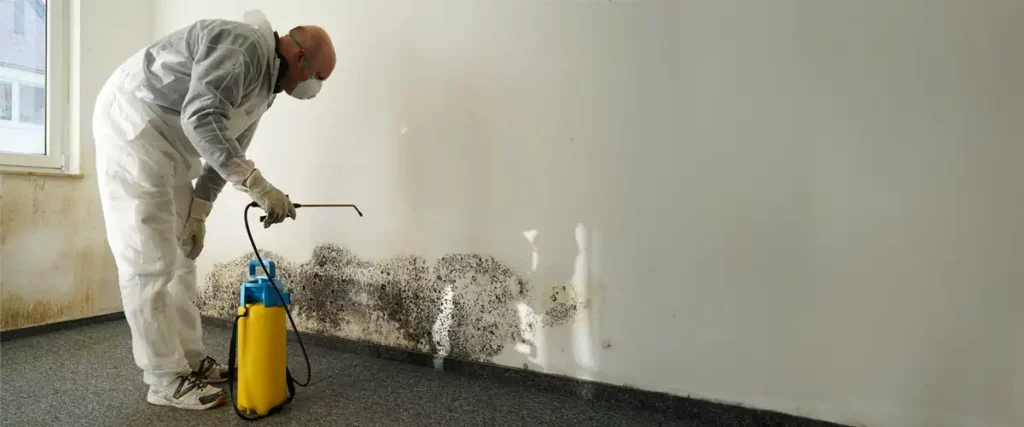
Seeking Professional Help
Homeowners are encouraged to consult mold remediation professionals for proper diagnosis and guidance. Attempting to address mold issues without professional assistance can lead to incomplete removal, lingering health risks, and further property damage.
Seeking professional help for mold issues is highly advisable. Mold remediation professionals have the expertise and equipment to handle mold infestations effectively. They can accurately determine the extent of the problem, ensure proper containment, and safely remove the mold, reducing health risks and preventing further damage.

Insurance Coverage and Legal Considerations
Homeowners may wonder about the potential coverage for mold-related damages through their homeowners’ insurance. While policies vary, some insurance providers offer a range for mold-related damages. Homeowners must review their insurance policies and understand the extent of coverage provided.
Legal considerations also come into play when addressing mold infestations. Landlord-tenant responsibilities, in particular, can be a complex issue, and potential liability for negligence may exist. Seeking legal advice when necessary is crucial to understand one’s rights and responsibilities in a mold-related dispute.
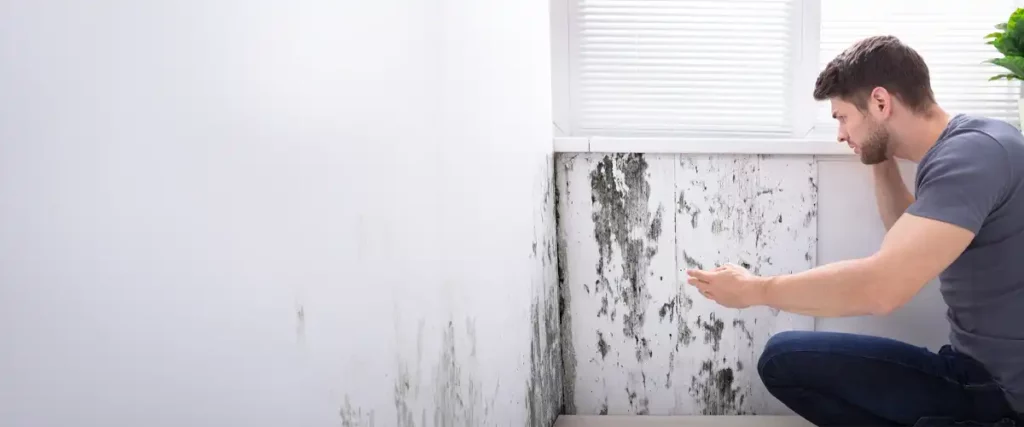
Educating for Prevention
Empowering individuals with knowledge and awareness about mold prevention through educational campaigns and resources.
A. Promoting Awareness
Promoting awareness about mold prevention through educational campaigns and resources is vital. Many homeowners may not fully grasp the risks associated with mold infestations, making education a powerful tool in preventing crises and damage.
B. Empowering Individuals with Knowledge
Empowering individuals with knowledge about early detection and appropriate action is essential. By educating homeowners about the signs of mold, preventive measures, and the importance of professional remediation, we can equip them to protect their health and financial well-being.
C. Encouraging Ongoing Vigilance
Vigilance is an ongoing process. Encouraging homeowners to remain vigilant in preventing mold infestations is crucial. Regular checks, maintenance, and prompt action upon detection can significantly reduce the risks associated with mold.

Prevent Mold, Protect Health, Save Property.
Mold infestations are a silent invader that comes with consequences. Homeowners must promptly acknowledge mold’s presence and appropriately address it.
Meanwhile, prioritizing health and financial well-being should be the primary concern when dealing with mold infestations. Education, prevention, and professional assistance are essential to combat the hidden dangers of mold. By arming themselves with knowledge and taking proactive measures, homeowners can protect themselves and their loved ones from the insidious threat of mold.
Resources:
- Coulburn, L., & Miller, W. (2022). Prevalence, Risk Factors and Impacts Related to Mould-Affected Housing: An Australian Integrative Review. International journal of environmental research and public health, 19(3), 1854. https://doi.org/10.3390/ijerph19031854
- Cole, Cassandra & McCullough, Kathleen. (2005). The Mold Crisis. Journal of Insurance Regulation.
- Oregon Health Authority. Mold in Your Home. Retrieved from https://www.oregon.gov/oha/ph/healthyenvironments/healthyneighborhoods/toxicsubstances/pages/mold.aspx.
- Arianna Brambilla, Alberto Sangiorgio, Mould growth in energy-efficient buildings: Causes, health implications and strategies to mitigate the risk, Renewable and Sustainable Energy Reviews, Volume 132, 2020, https://doi.org/10.1016/j.rser.2020.110093.


